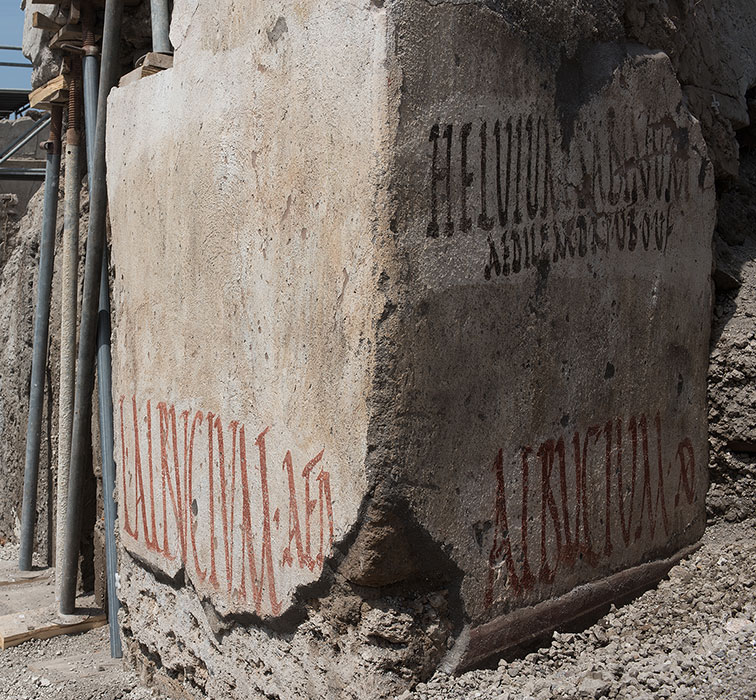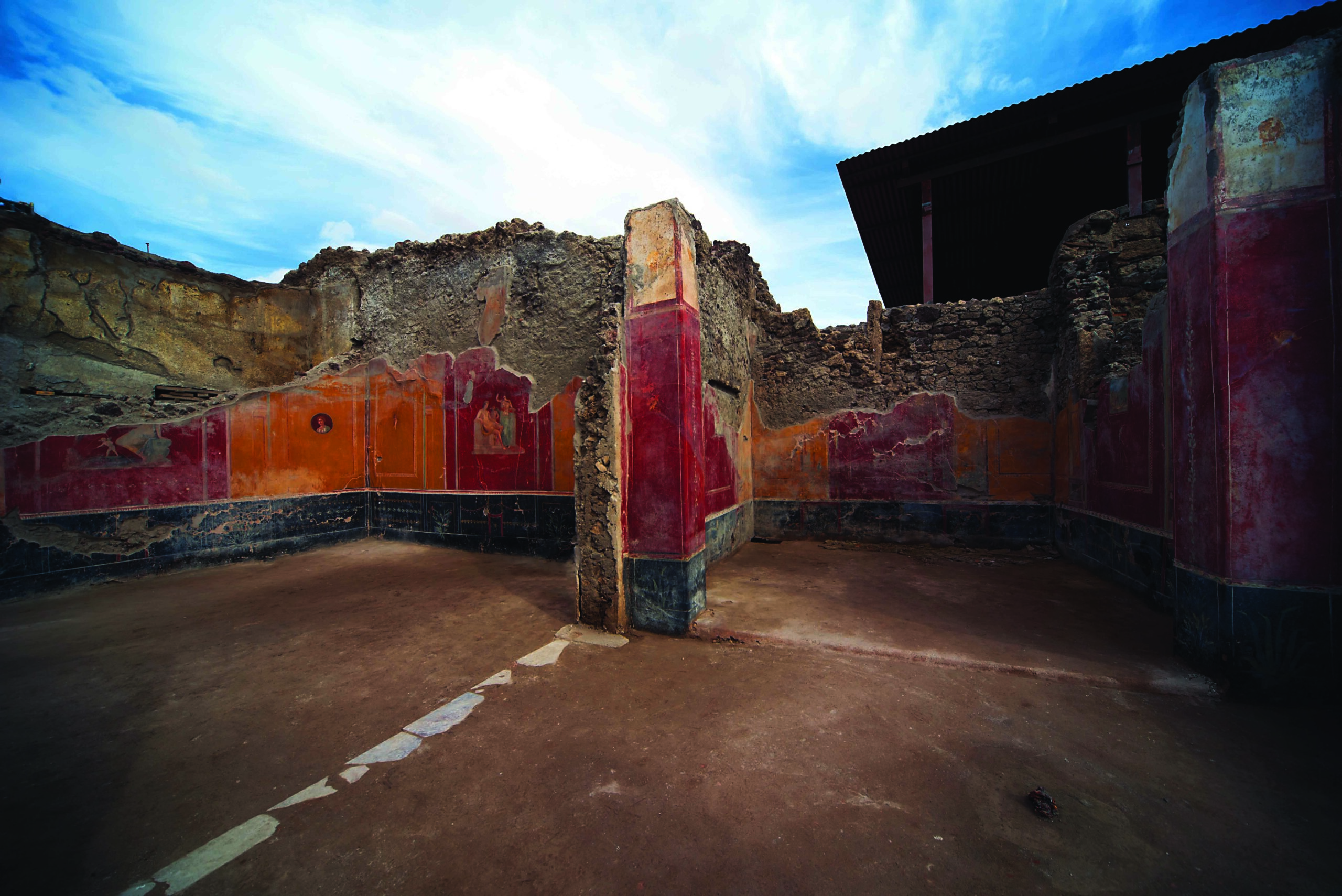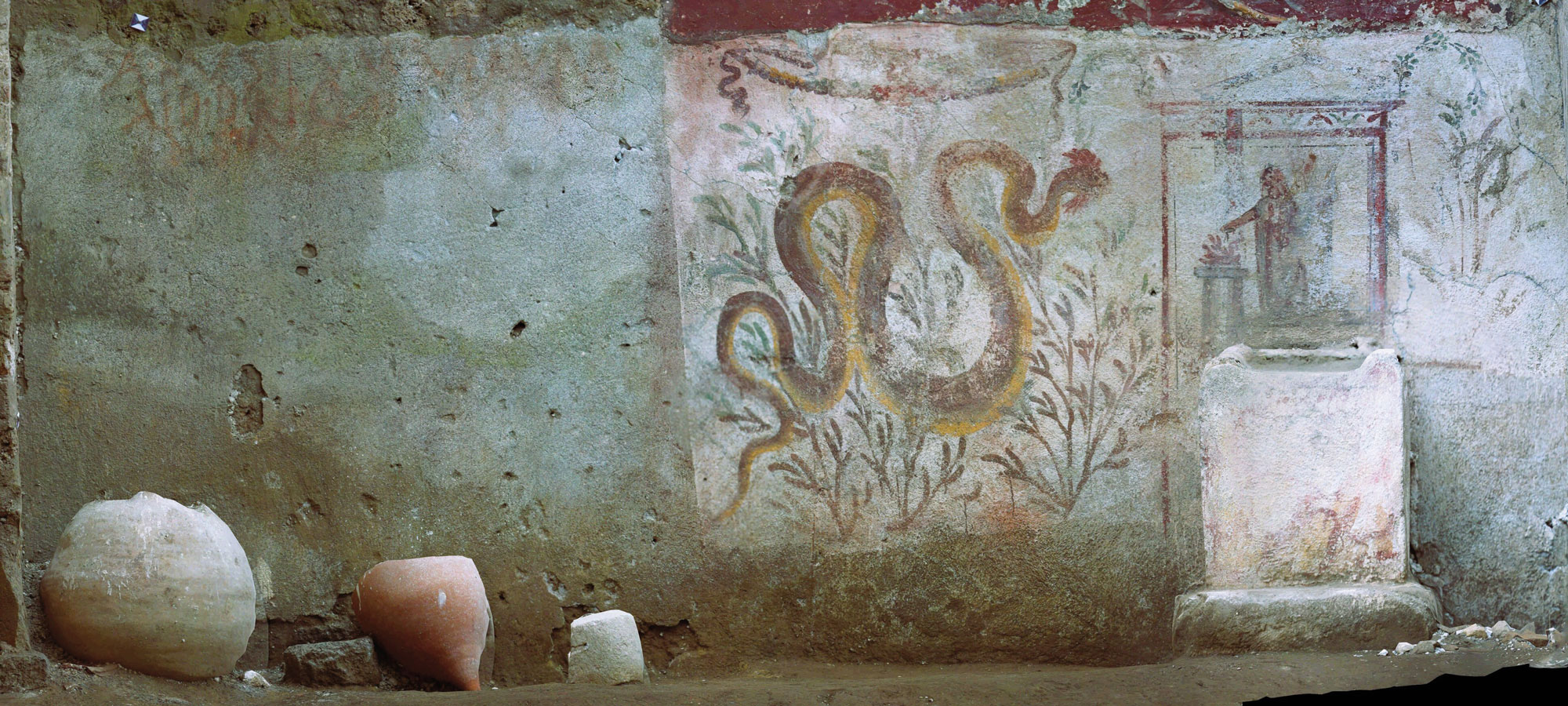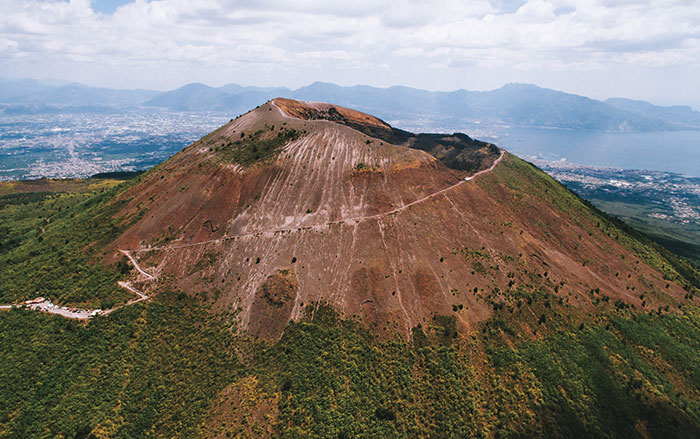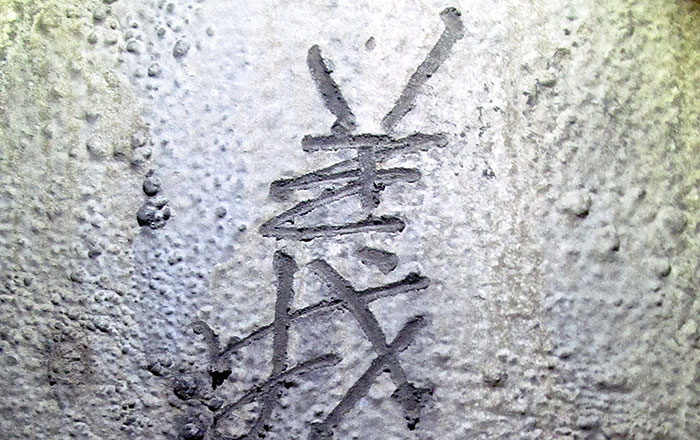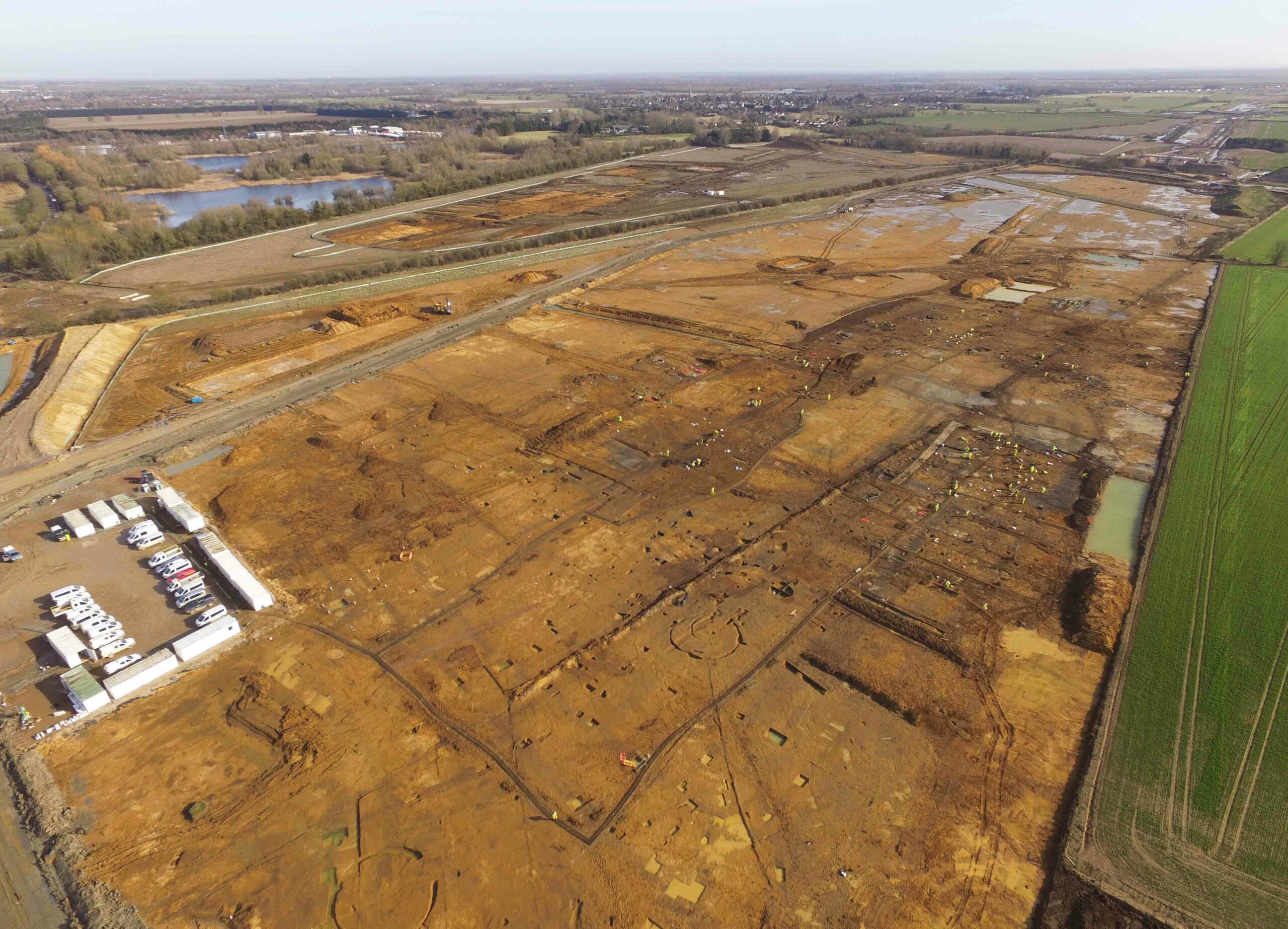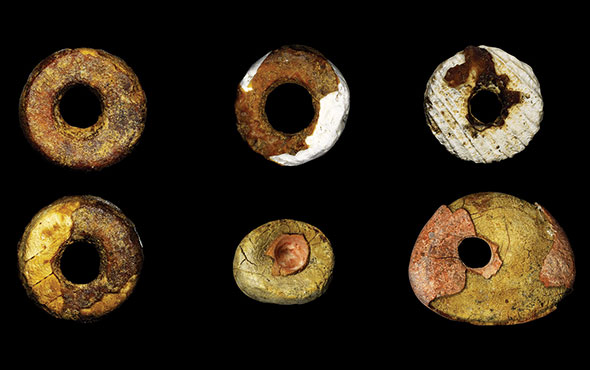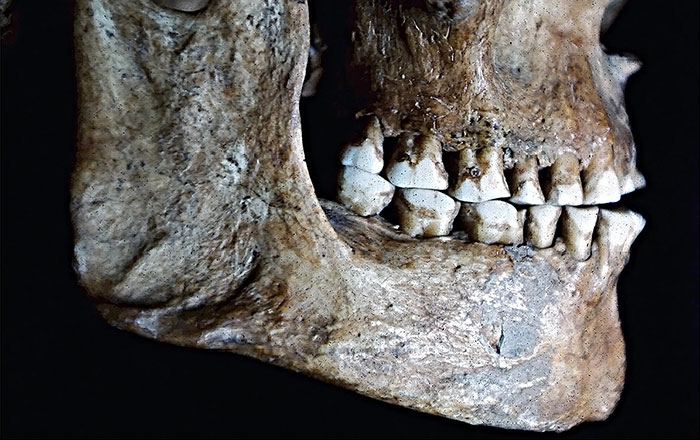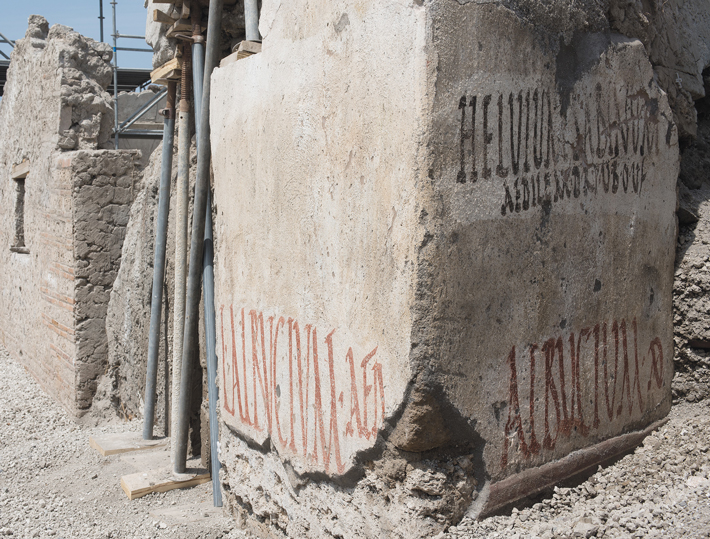
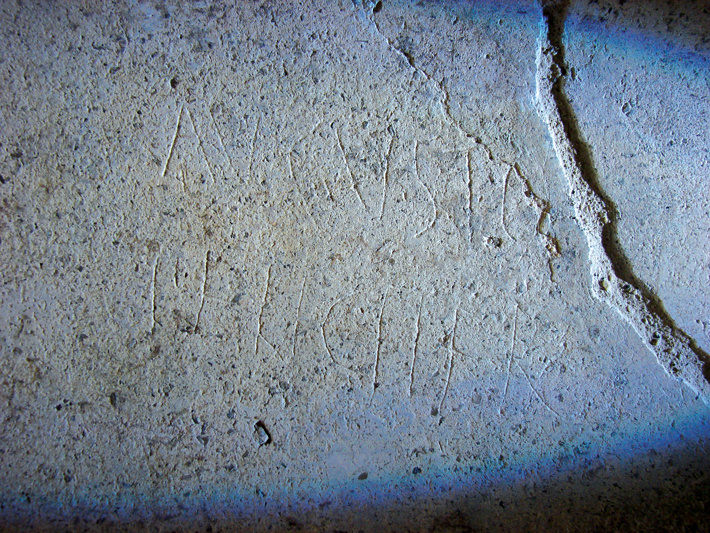
Anyone walking along Pompeii’s busy streets couldn’t help but notice the eye-catching letters painted across many of the city’s houses, shop fronts, and public spaces. Some of this graffiti promoted political candidates, while other examples advertised everything from gladiatorial games to rooms for rent. However, not all messages on Pompeii’s walls were so showy. Thousands of examples of a less conspicuous type of ancient graffiti—writings and drawings incised in wall plaster, or occasionally written with more ephemeral materials such as charcoal and chalk—survive today and capture communications among Pompeii’s residents. “Unlike most modern graffiti, graffiti in ancient Pompeii was a positive form of social exchange,” says epigrapher Rebecca Benefiel of Washington and Lee University. One of the most commonly found words in this more informal style of graffiti is feliciter (“happily”), which, when paired with personal names, indicates good wishes for friends, colleagues, and even the emperor.
Benefiel is director of the Ancient Graffiti Project and is currently documenting and analyzing all the extant graffiti in Pompeii, much of which is at risk of fading away. She has identified examples of all sorts of writing across the city, including tally marks scratched on shop walls to track item inventories and the words of satisfied customers who scrawled praise for the sexual prowess of prostitutes in the city’s main brothel. In both private houses and public buildings, Benefiel has found that people traded quotations from the first-century B.C. love poets Ovid and Propertius, often adapting poetic lines to humorous effect. Says Benefiel, “Looking at graffiti in context gives such a strong sense of the people who inhabited these spaces and left their mark.”




